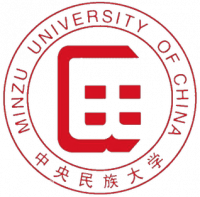Hydroxyflavones as a New Family of Matrices for MALDI Tissue Imaging
2013
期刊
Analytical Chemistry
下载全文

- 卷 85
- 期 15
- 页码 7566-7573
- American Chemical Society (ACS)
- ISSN: 0003-2700
- DOI: 10.1021/ac401595a
